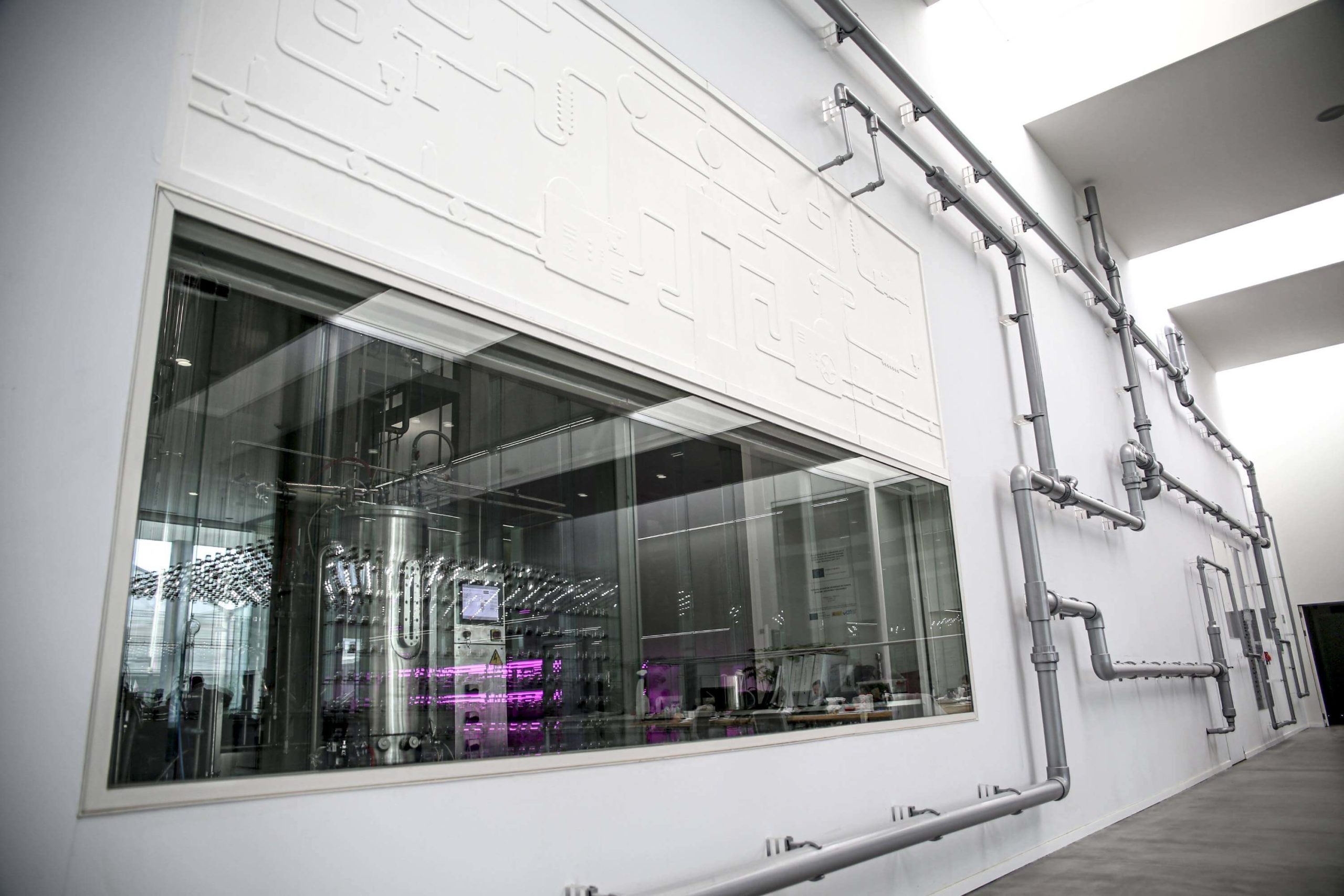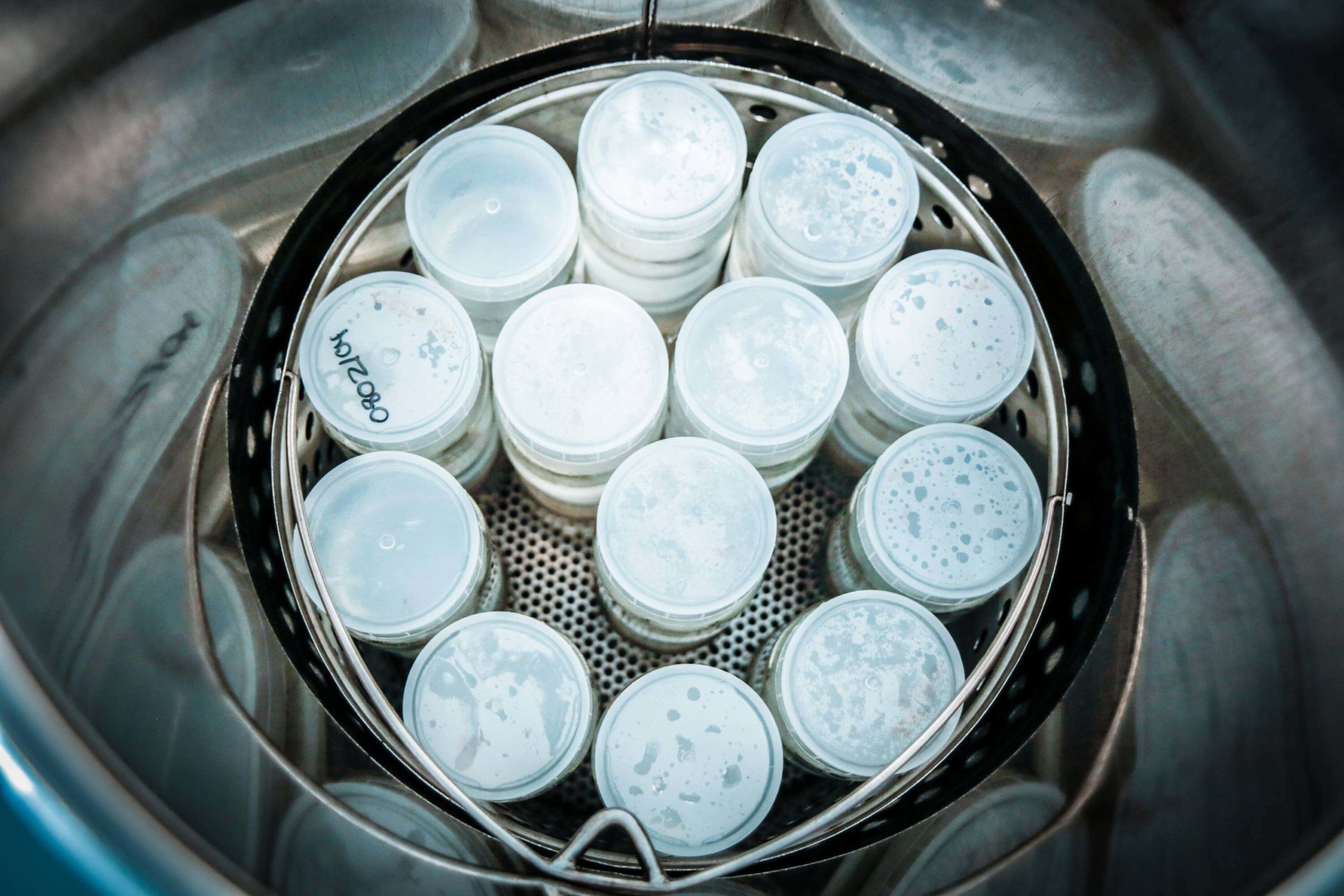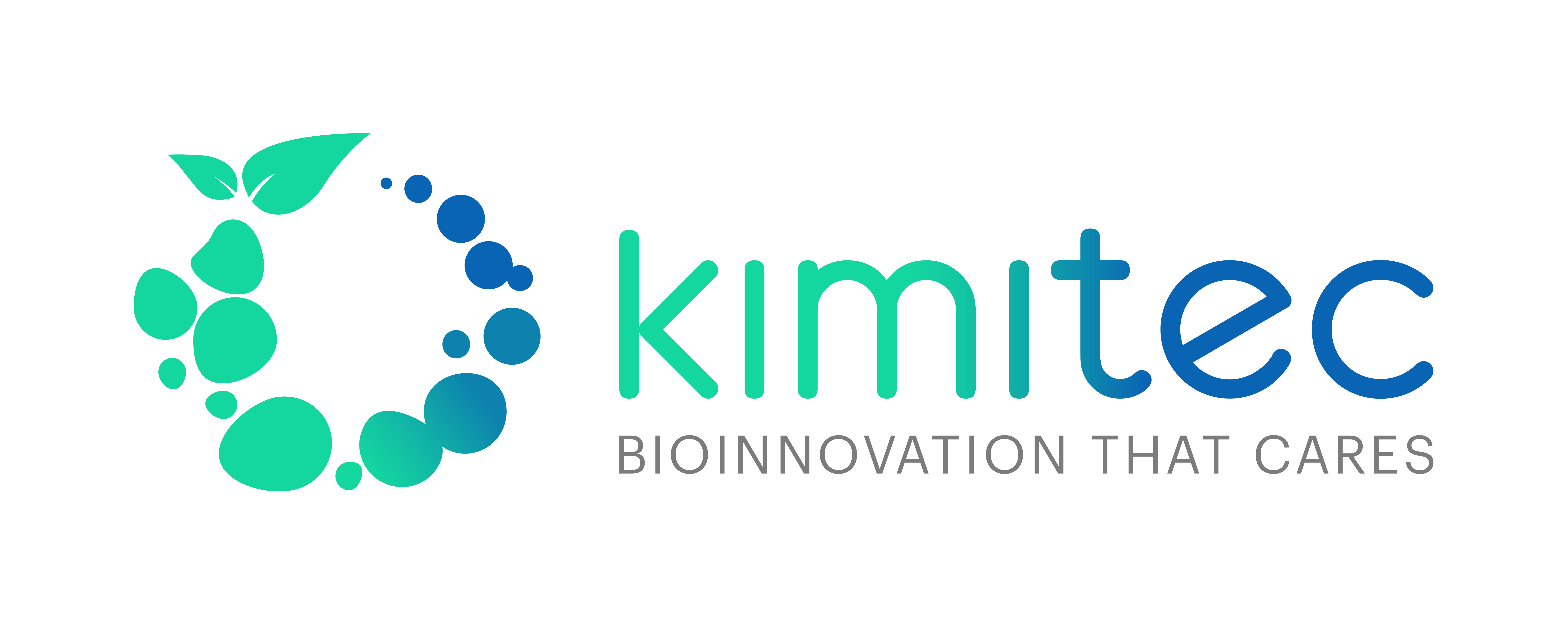From the Lab to Industrial Production and Commercialization: Overcoming the Obstacles of Designing Biological Products

The distribution and administration of coronavirus vaccines in the last months has presented us with unprecedented challenges. It was already late in the development process of the vaccines, when all distribution issues came out. How would we transport the vials safely? At what temperature should they be stored? Did all countries have the means to store and transport the vaccines to the administration sites, in the appropriate conditions? Pfizer and Moderna had very specific requirements: They needed to be maintained at -80 degrees, and that is difficult when the product needs to travel long distances by land, sea and air. However, everything went according to plan thanks to the effective application of large-scale production and transport methods from the pharmaceutical industry. And luckily for us, the same strategy is also applicable to the fields of biotechnology and agriculture.
When you go to a pharmacy… Do you worry about the quality of the specific lot of the pain meds you are buying? Or about the efficacy of the pill you are about to take, compared to other occasions? I am sure you do not, because no one doubts that all pills will offer the same efficacy, contain the same active ingredients and trigger the same physiological responses. Medicines, when they reach the end consumer, are perfectly stable.
However, pharmacological stability and reliability are not easy to achieve. To produce biological products, we use natural compounds, such as plant extracts, fermentations, microorganisms and microalgae, which help us identify and mass-produce beneficial molecules; these, in turn, are used to develop biostimulants, biopesticides and pre- and probiotics, which are useful for the soil and our crops. Here, natural means non-synthetic, and that implies a certain degree of variability depending on the product’s concentration and the conditions in which it is preserved. Efficacy trials in a lab might turn out successful, but the real challenge is maintaining that efficacy at an industrial scale. Kimitec has managed to do it, though: Our products enter industrial production with the same quality and reliability they proved in the lab, and also the same price!
Methodology matters
But… What is the key to achieve that? There are many aspects to consider, and Kimitec’s answer can be summarized in just two words: Pharmaceutical method.
That is our method, the one we have been improving over the years, which allows us to overcome the various obstacles faced by the biotechnology industry in the last decades. And we have worked on it bearing in mind that our contribution goes way beyond the research phase. We test, validate, produce, upscale and distribute at a competitive price, compared to other solutions (including synthetic chemicals).

Upscaling is one of the biggest challenges in the biotechnology industry. Discovering a natural molecule with agronomic interest does not imply that we will be able to mass-produce it later. As for the formulation, packaging, distribution and even the product’s application, they also affect performance.
Until recently, the lack of consistency and stability in the application of biological products worked against the popularity of these new ways to fertilize and protect our crops. Products might sometimes work well, but a few months later they might not perform as expected. Furthermore, the origin of these biological solutions makes them highly dependable on specific storage measures for their correct preservation and effectiveness. And that has another implication too. A more sensitive product will surely have an earlier expiration date, making crop management more difficult for growers. But there is more. Compared to synthetic chemistry, biological solutions also present quality issues, such as short-term concentration losses. That is a huge list of problems, right? However, Kimitec’s method helps overcome those obstacles.
Breaking barriers
We are not trying to make products that may be applied universally, we rather use observation and testing to understand both the biological technology we use and the needs of our customers, wherever they are. And, since we understand the mode of action of a product, we can recommend it for specific crops and agronomic problems, depending on the circumstances and the crop stage.
Furthermore, if we know how effective a product will be under the conditions of a specific crop (type of soil, local weather conditions, types of stress, etc.), we can recommend the use of a biological product only when we are certain of its success.
But again, there is more. So much more. To guarantee product consistency (that is, unaltered products), we pay special attention to its physiochemical properties. We apply strict technical specifications and production standards, to ensure that quality does not depend on the lot, but on our production processes. Just as we don’t expect the taste of a soft drink to change depending on the date it is manufactured, we manage to keep the content homogeneous in each and every bottle we produce.

And what about the expiration date? We are talking about solutions that are based on microorganisms. Can we really achieve that kind of homogeneity and stability over time? Yes, we can. But only if we give green chemistry the importance it deserves, and apply stabilization techniques that allow us to achieve expiration dates of at least two years. That’s a huge leap in terms of quality, but also in terms of competitiveness. We offer our growers products that give the flexibility they need, at a reasonable price. We do not sell upmarket products for a reduced clientele, but functional solutions that anyone can afford.
And Kimitec’s method, that way to go from a simple lab formulation to a market-ready product, is reflected in our facilities. The research area of our MAAVi Innovation Center is very close to our production factory. Because we mean what we say. We mix the research methods of the pharmaceutical industry with industrial food production concepts, in order to create consistent solutions. And then we recommend them for the right crops at the right moment, to maximize cost-effectiveness for the grower.
Kimitec’s method ends the same way it starts: By listening to the customer. Because there is no other way to do it.
